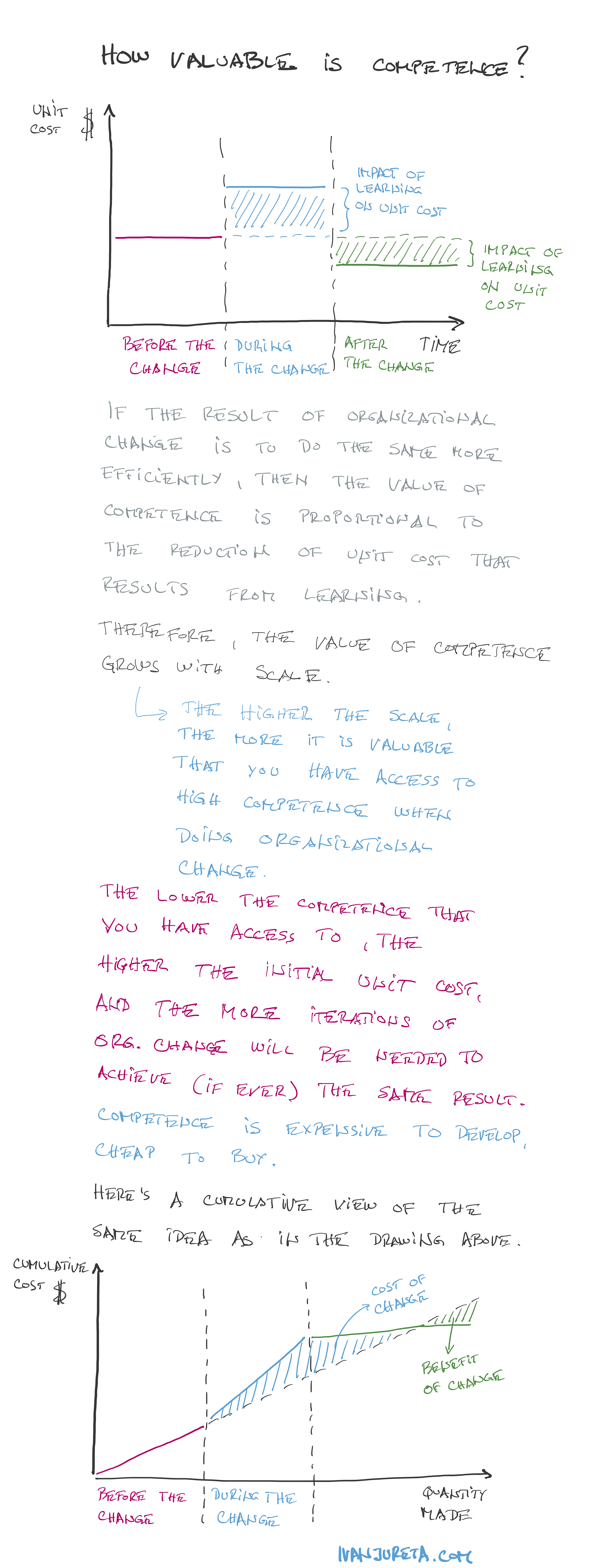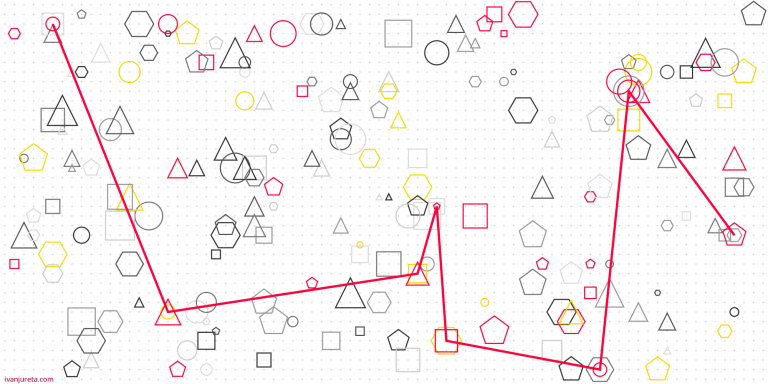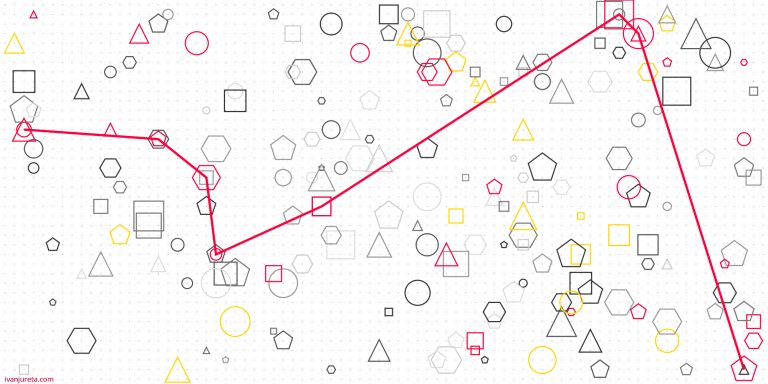Value of Competence



It has been successfully argued in research on organizations that a decision is an abstraction [1], if it is defined as a commitment to a course of action. If I say that I decided to go skiing tomorrow, is this abstract or concrete? The only thing you can observe will be my behavior and the…

Figures 1 and 2 show cost versus time; Figure 1 shows long iterations, Figure 2 short iterations. We choose to do something at time zero, at the origin of the graph in the Figure, and when we do so, we do it under some assumptions that we made at that time. Dashed red lines convey…
This paper focuses on improving requirements quality in agile projects by determining requirements prioritization. Current methods suggest to take into account business value in order to determine the requirements priority rank. In practice it was observed that many other factors enter into the equation, such as implementation cost and functionality dependencies. Since agile methods suggest…

Decision governance consists of defining how decisions should be made, and auditing that the processes for doing so are in fact applied. While it often seems like decisions are simply made, and there isn’t much to govern, this is incorrect. It is possible to completely change how to think about decisions, in particular in terms…

Given some factors which influence goal selection, what can we do to help a team member select a goal that the team needs to achieve? In other words, how can we align an individual’s goals to the team goals? This is the topic in the rest of this text.

Goals shape how decisions are made by influencing information processing, risk preferences, decision complexity, strategy adaptation, and trade-offs between short-term and long-term objectives.